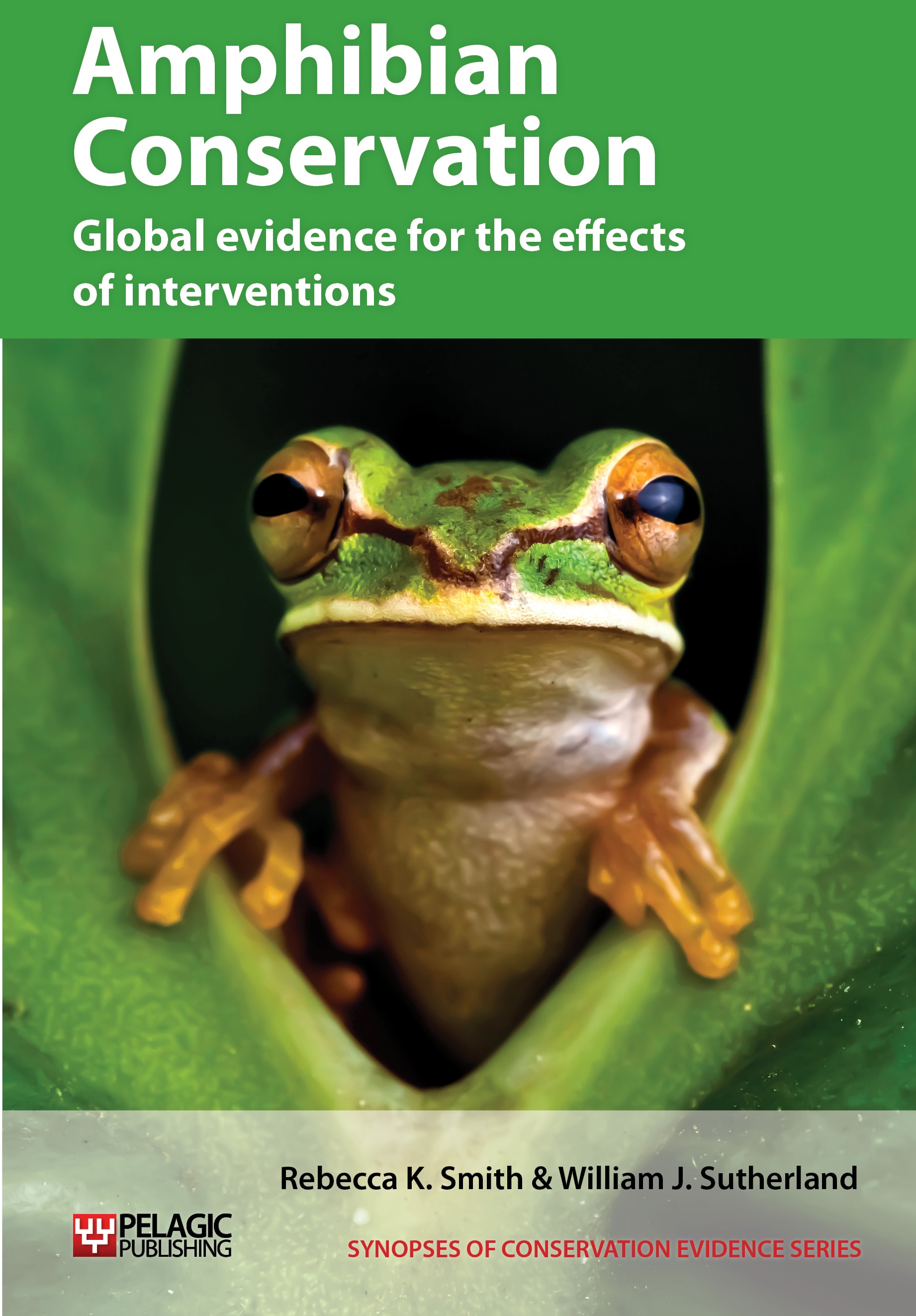Translocate wood frogs
-
Overall effectiveness category Likely to be beneficial
-
Number of studies: 3
View assessment score
Hide assessment score
How is the evidence assessed?
-
Effectiveness
40% -
Certainty
50% -
Harms
0%
Study locations
Supporting evidence from individual studies
A before-and-after study in 1965–1986 of two created ponds in Missouri, USA (Sexton & Phillips 1986) found that translocated wood frog Rana sylvatica eggs established a breeding population in one of two created ponds. At the second pond wood frogs did not establish. In 1980, wood frog eggs were translocated to two newly constructed ponds. Ponds were monitored until 1986.
Study and other actions testedA replicated, before-and-after study in 1974–1995 in Missouri, USA (Sexton et al. 1998) found that one of four wood frog Rana sylvatica egg translocations established a breeding population. The population was stable between 1987 (311 captured) and 1995 (364). Wood frogs also colonized four other created ponds (0.9–2.4 km). In 1980, 11 wood frog egg masses were translocated 50 km into four created ponds. Monitoring was undertaken using drift-fencing with pitfall traps around ponds and by egg mass counts and call surveys.
Study and other actions testedA replicated study in 2005–2008 in a restored forested wetland in Lake County, Illinois, USA (Sacerdote 2009) found that translocated wood frog Lithobates sylvaticus eggs hatched and survived as tadpoles in enclosures in restored ponds. Tadpole survival in restored ponds was 6–57%. In 2008, two translocated wood frog egg masses were placed in separate mesh enclosures (56 x 36 x 36 cm) in each of five restored ponds. Tadpoles were monitored 2–3 times/week until metamorphosis. Tadpoles were moved if ponds dried.
Study and other actions tested
Where has this evidence come from?
List of journals searched by synopsis
All the journals searched for all synopses
This Action forms part of the Action Synopsis:
Amphibian Conservation
Amphibian Conservation - Published 2014
Amphibian Synopsis





)_2023.JPG)














